#Sicilian tradition
Text




Secret bag 📒📝🖌️🔖
#secret bag#ecstylecreator#fashion#moda#style#details#ec#madeinsicily#esclusive#madeinitaly#diary#originality#sicilian tradition#sicily#2023
0 notes
Text
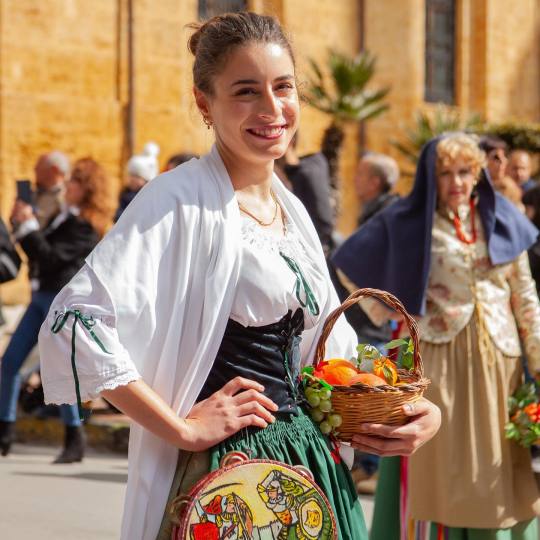
Sicilian woman, Italy, by Gruppo Folk Figli dell'Etna
#sicilian#italy#europe#western europe#folk clothing#traditional clothing#traditional fashion#cultural clothing
260 notes
·
View notes
Text
LA VARA DI MESSINA - PRIMA PARTE: LA DANZA DELLE VARETTE - Pitrè, l’etnologo che studiò la cultura siciliana nei suoi vari aspetti, fu uno dei primi ad identificare le Feste Religiose come uno degli elementi più importanti dell’identità culturale siciliana. Nel suo libro “Feste Religiose in Sicilia”, Pitrè racconta in dettaglio la storia e i particolari della Vara di Messina ma, da quando il libro usci ad oggi, molte cose nelle tante feste siciliane sono cambiate. La Vara è una parola siciliana che letteralmente vuol dire “bara” in quanto molte delle feste religiose nascevano ai tempi degli spagnoli per celebrare il Cristo morto chiuso in una bara di vetro. Vi sono infatti molte similitudini tra alcune feste siciliane e le processioni di Valenza, Malaga, Siviglia ed altre città della Spagna dove si ricordano il Cristo morto e la sua Passione. La parola Vara, divenne presto il sinonimo di tutti quelle strutture utilizzate nelle processioni religiose per portare reliquie, oggetti sacri o su cui effettuare rappresentazioni sacre. La Vara di Messina è una struttura piramidale che descrive l’assunzione al cielo di Maria la cui statua è posta nel punto più alto della struttura stessa. Sotto di essa i sette cieli popolati da figure di cherubini e serafini in movimento. Il carro su cui la Vara è montata non ha ruote ed è tirato a mano per circa due chilometri e mezzo da una folla di devoti di ogni sesso, età e stato sociale. A causa del peso la Vara è tirata a mano grazie a due gomene lunghe centocinquanta metri. Molta terminologia usata nella vara è mutuata dalla storia marinara di Messina, per cui, oltre le gomene, vi sono i Timonieri, il Capotimoniere e i vogatori, tutti deputati al movimento coordinato della Vara e alla sua virata di circa ottanta gradi, da via Garibaldi al piazza Duomo, virata che rappresenta la parte più difficile e pericolosa del suo cammino. Nel suo andare da piazza Castronuovo a piazza Duomo, la Vara è preceduta dalle Varette, portate a spalla dai “devoti” che le muovono o facendole danzare o in modo rigido e formale. Nel filmato il primo tamburino richiama i devoti delle Varette e quindi dà il via alla loro processione.
THE VARA OF MESSINA - PART ONE: THE DANCE OF THE VARETTE - Pitrè, the ethnologist who studied Sicilian culture in its various aspects, was one of the first to identify Religious Festivals as one of the most important elements of Sicilian cultural identity. In his book “Religious Festivals in Sicily”, Pitrè tells in detail the history and particulars of the Vara of Messina but, since the book was published until today, many things in the many Sicilian festivals have changed. The Vara is a Sicilian word that literally means “coffin” as many of the religious festivals were born in the time of the Spanish to celebrate the dead Christ closed in a glass coffin. There are in fact many similarities between some Sicilian festivals and the processions of Valencia, Malaga, Seville and other cities in Spain where the dead Christ and his Passion are remembered. The word Vara soon became synonymous with all those structures used in religious processions to carry relics, sacred objects or on which to perform sacred representations. The Vara of Messina is a pyramidal structure that depicts the Assumption of Mary into Heaven, whose statue is placed at the highest point of the structure itself. Below it are the seven heavens populated by figures of cherubs and seraphim in motion. The cart on which the Vara is mounted has no wheels and is pulled by hand for about two and a half kilometers by a crowd of devotees of all sexes, ages and social classes. Because of its weight, the Vara is pulled by hand thanks to two one hundred and fifty meter long ropes. Much of the terminology used in the Vara is borrowed from the maritime history of Messina, so, in addition to the ropes, there are the Helmsmen, the Chief Helmsman and the rowers, all responsible for the coordinated movement of the Vara and its turn of about eighty degrees, from Via Garibaldi to Piazza Duomo, a turn that represents the most difficult and dangerous part of its journey. In its journey from Piazza Castronuovo to Piazza Duomo, the Vara is preceded by the Varette, carried on the shoulders of the “devotees” who move them either by making them dance or in a rigid and formal way. In the film, the first drummer calls the devotees of the varette and then starts their procession.
10 notes
·
View notes
Text

18 notes
·
View notes
Text
i want to get into b&w photography i think
5 notes
·
View notes
Text


Pizza Wagon in Bay Ridge, killing it for 57 years!!! The Sicilian pie is great!! source:stevepoptones
3 notes
·
View notes
Photo

Some time ago we finally got the chance to visit the one and only "Villa of Monsters", aka Villa Palagonia, in the city of Bagheria! We were looking forward to this very peculiar experience, and the old Villa did not disappoint (and neither did the delicious cannoli and sfincione we ate after).
To celebrate, here's a little drawing of the stone sentinels that welcome visitors at the gate, the "Pupi di Palagonia"! It means something along the lines of "Palagonia puppets", and they are quite popular in the city, even in business logos. They're quite the affable fellas, indeed.
(We like Villa Palagonia so much we even wrote a page about it, in our blog! It's in Italian, sorry, but if you understand it, you can read it here)
This work is available to purchase as print, posters, stickers and other cool stuff HERE on Redbubble!
★ Instagram|Facebook|FurAffinity|Deviantart|Commission prices|Tapastic★
#artists on tumblr#sicily#palagonia#pupi di palagonia#art#my art#traditional art#sicilian stuff#villa dei mostri#bagheria#2023
4 notes
·
View notes
Text
sometimes you forget that normans were all over the goddamn place before the modern era, and that fact smacks you in the face when you read about "King Tancred of Sicily"
3 notes
·
View notes
Text
Drawing Tony in sicilian/Italian traditional clothes and Bucky in scottish traditional clothes. It is making so happy.
Next will be Tony in libyan and Bucky in ukrainian. It seems to work for both. My brain went yep, Bucky being ukrainian descent makes sense because he picked on Russian so dang quick (I know it is different with some tonal and dialects and words, which I love learning about those differences).
Then maybe an older human ultron drawn I. A combo breaker of both styles.
#my brain goes for hyperfixation#brain rot#tony stark#bucky barnes#winteriron#traditional clothing#tony being sicilian and libyan is so nice#bucky being ukrainian and scottish makes sense#idk anymore#dont take it too seriously#headcanon stuff
4 notes
·
View notes
Text
A little sficione and some cuccidati


2 notes
·
View notes
Text





Coffa: Sicilian Tradition 🪷🪸
#coffa#siciliana#ecstylecreator#fashion#moda#style#details#ec#madeinsicily#esclusive#sicily#sicilian tradition#2023
1 note
·
View note
Text

Sicilian dancers, Italy, by Gruppo Folklorico "Canterini della Riviera Jonica Melino Romolo"
#sicilian#italy#europe#western europe#folk clothing#traditional clothing#traditional fashion#cultural clothing
84 notes
·
View notes
Text
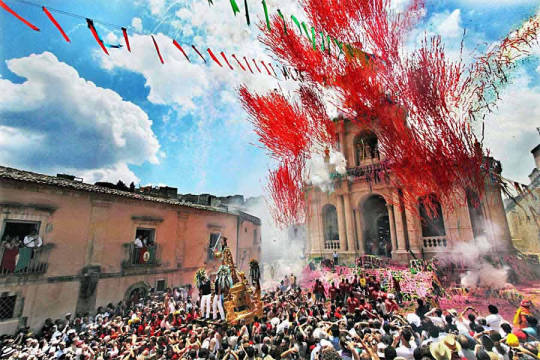


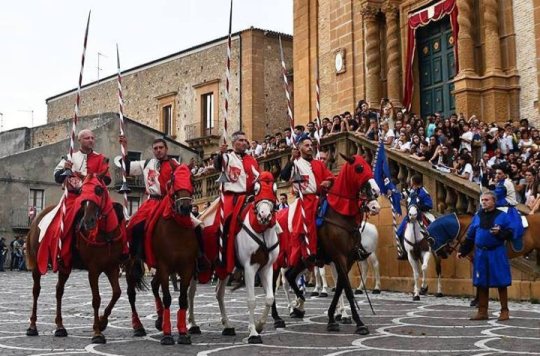
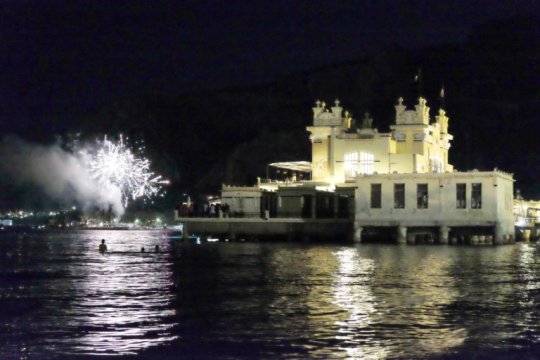

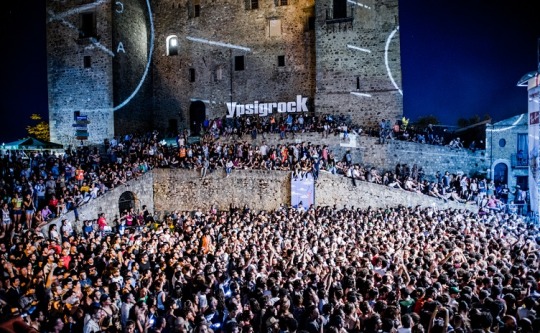
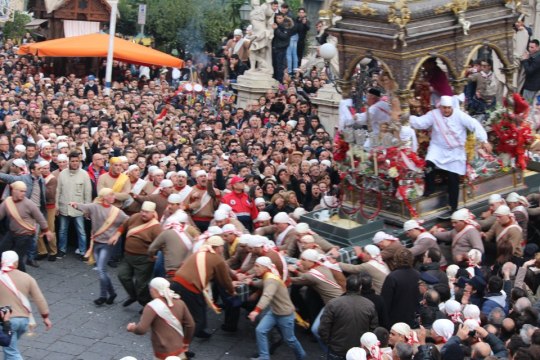


Palazzolo Acreide -Festa di San Paolo, Licata -Festa di Sant'Antonio, Scicli- Festa di san Sebastiano, Piazza Armerina-Palio dei Normanni, Mondello - Festa in spiaggia, Ragusa-Festa San Giovanni, Castelbuono-festa Rock, Aci - Festa San Sebastiano, Trapani-I Misteri, Fiumedinisi-Festa della Vara
Il mondo è fatto di uomini soli
di donne che nessuno ama
di ragazze che non hanno amici
di ragazzi messi da parte
di vecchi che nessuno ascolta.
Eppure gli uomini amano le feste
grandi banchetti pieni di risate
balli in piazza per tutta la notte
cantare, con mille altri se stessi.
Eppure gli uomini amano amare
stringersi di notte con un cuore
coprirsi con coperte di tenerezza
per scambiarsi le anime in silenzio
Allora di chi è la nera colpa?
Chi costruisce i muri invisibili
che nel silenzio ci imprigionano?
Chi ci chiude in tombe senza fiori
o in giorni senza sorrisi
rendendoci fiumi senza acqua.
Qual’è il male che ci infetta?
quale morbo ci avvelena?
quale virus ci distrugge
chiudendoci in un angolo?
chi nasconde i nostri domani
chi ci fa odiare ogni voce
ci fa fuggire ogni sguardo
Senza essere poi salvati
da un piccolo lieto fine
da un semplice amore
da una rima baciata?
Il mondo è fatto da uomini soli
li vedi camminare in silenzio
scrivere versi sui muri sbrecciati
sognare nelle notti senza stelle
danzare soli nelle piazze vuote,
amare senza sapere chi e come
senza sapere fino a quando
solo perché amare
è l’unica salvezza che conoscono
The world is made up of lonely men, of women that no one loves, of girls who have no friends, of boys pushed aside, of old men that no one listens to.
Yet men love parties, big banquets filled with laughter, all-night square dancing, singing, with a thousand other selves.
Yet men love to love, hug each other at night with a heart, cover themselves with blankets of tenderness, to exchange souls in silence.
So whose black fault is it? Who builds the invisible walls that imprison us in silence? Who closes us in tombs without flowers, or in days without smiles, making us rivers without water.
What is the evil that infects us? what disease poisons us? which virus destroys us by locking us in a corner? who hides our tomorrows who makes us hate every voice, makes us flee every glance.
Without being saved, by a little happy ending, by a simple love, by a rhyming couplet?
The world is made up of lonely men, you see them walking in silence, writing verses on chipped walls, dreaming in starless nights, dancing alone in empty squares, loving without knowing who and how, without knowing until when, just because loving is the only salvation they know
24 notes
·
View notes
Video
In the tradition of Sicilian, sweets made with almond paste were offered at special occasions. da Barbara Bonanno BNNRRB
Tramite Flickr:
sweets made with almond paste
#In the tradition of Sicilian#sweets made with almond paste were offered at special occasions.#BNNRRB Photos#Patterns#sweets made with almond paste#flickr
0 notes
Text

222/365
#pic of the day#Sicilian Cart#traditions#Summer#august#Sicily#Italy#Foto del giorno#Carretto siciliano#Tradizioni#Estate#Agosto#San piero patti#Sicilia#Italia
0 notes
Photo

The Sicilian tradition shines in Casa Talia by Vivian Haddad and Marco Giunta
Follow Souda on Tumblr
#modern#design#product design#home#decor#decoration#home decor#home design#interiors#interior design#living room#bedroom#kitchen#buildings#architecture#furniture#furniture design#industrial design#minimalism#minimal#living rooms#lighting design#lights#bathroom
78 notes
·
View notes
